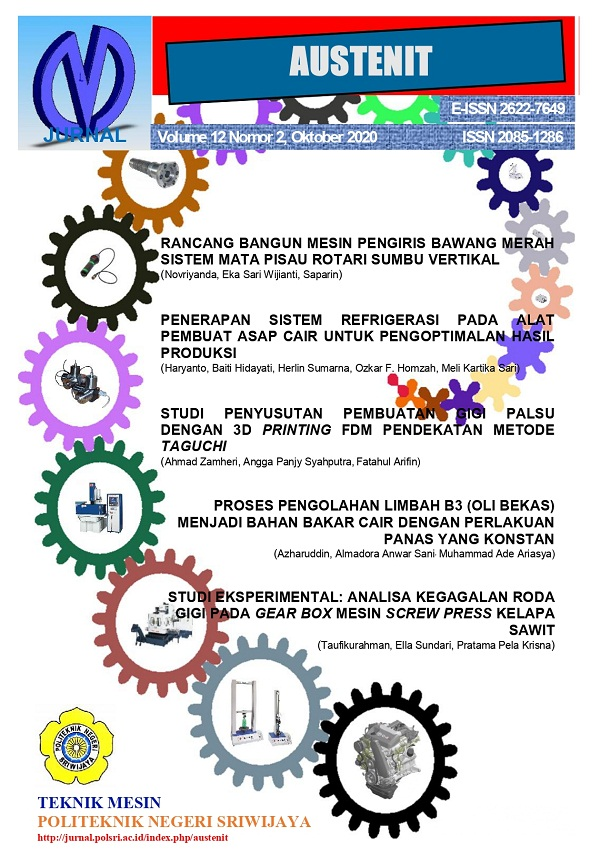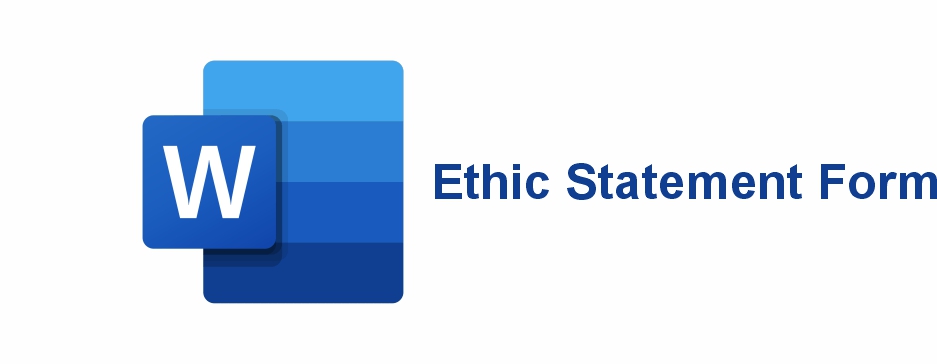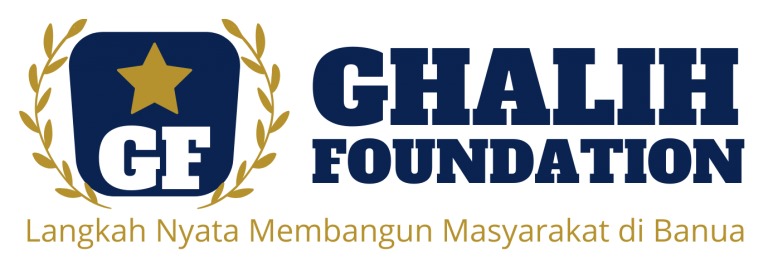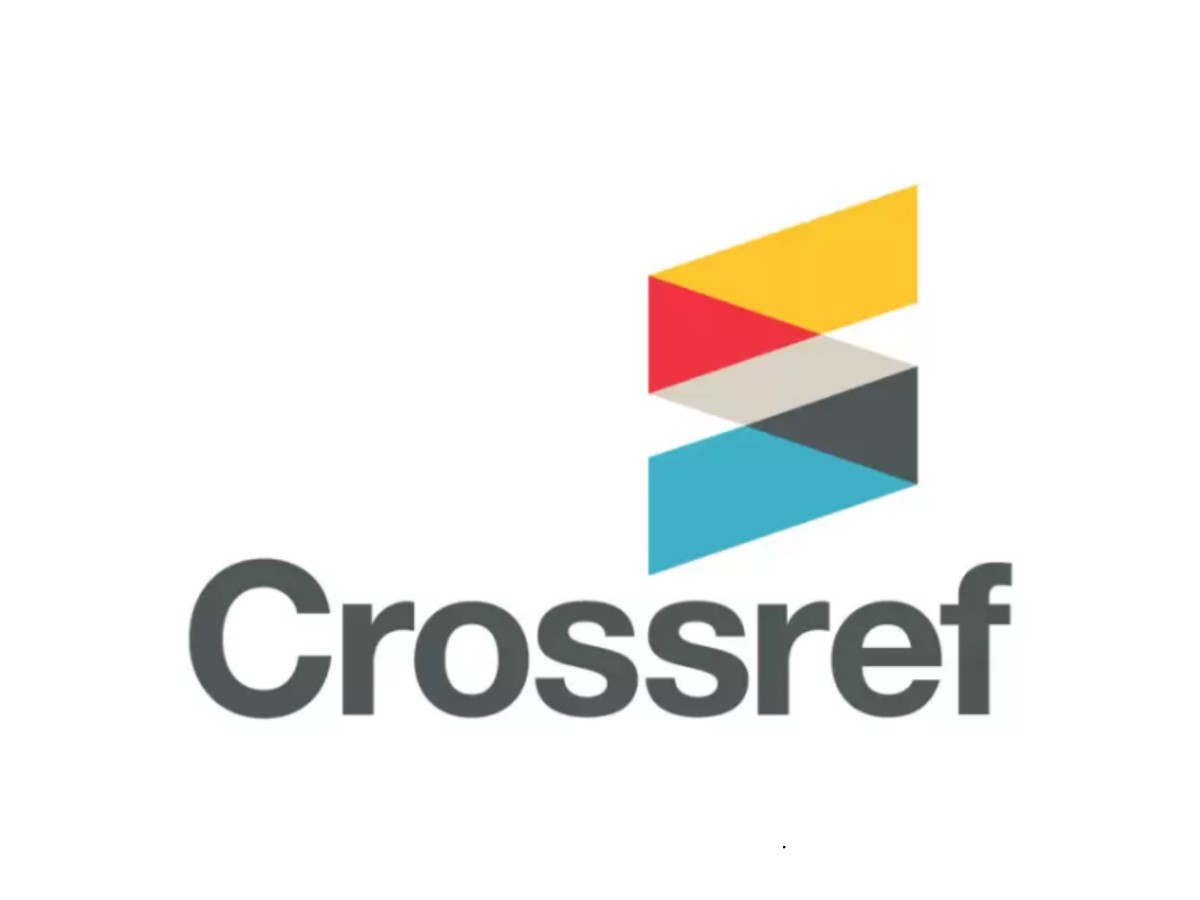PROSES PENGOLAHAN LIMBAH B3 (OLI BEKAS) MENJADI BAHAN BAKAR CAIR DENGAN PERLAKUAN PANAS KONSTAN
Abstract
The use of waste used oil is increasing every year, the resulting waste will also increase. Waste used oil is included in B3 waste which needs special handling. In line with the development of cities and regions, the volume of used oil continues to increase in line with the increase in the number of motorized vehicles and motorized machines. Even in rural areas, you can find small workshops, one of which is used oil. . In other words, the distribution of used oil is very wide from big cities to rural areas throughout Indonesia. The process in this research is changing the waste used oil into liquid fuel with the constant heat treatment. It is aimed to know the best result in the temperature of 250°C, 300°C and 350°C with pyrolysis process. The increase of temperature has a big effect toward the result of the exchanging process. The best result is at the temperature of 350°C which the volume got from the tap A is 1 liter and from the tap B is 0.2 liter. Than the tap sample A was tested against the exiting fuel standards. Based on the result of the specification test on the process of changing waste used oil, it was found that there were many weaknesses like the high viscosity value and the high content of water in the resultant product. But for other physical properties had fulfilled the standard of the fuel.
Keywords: Temperature, used oil, pyrolysis, liquid fuel.
ÂDownloads
References
Danarto, Y.C. 2010. “Pirolisis Serbuk Kayu Dengan Katalisator Zeolitâ€. Prosiding seminar nasional teknik kimia “kejuanganâ€. Yogyakarta.
Kholidah, Nurul. 2014. “Pengaruh Perbandingan Campuran Bioetanol Dan Gasoline Terhadap Karakteristik Gasohol Dan Kinerja Mesin Kendaraan Bermotorâ€., Laporan Akhir Politeknik Negeri Sriwijaya.
Nabil M. (2010). "Waste Lubricating Oil Treatment by Adsorption Process Using Different Adsorbents". Journal World Academy of Science, Engineering and Technology. 62.
Ni’mah, Lailan, Fauzah Fyanidah dan M. Danan Maulana. 2017. “Pengelolaan Limbah Minyak Pelumas Dengan Menggunakan Metode Elektroagulasiâ€. Chemica Volume 4, Nomor 1, Juni 2017, 21-26 ISSN:2355-8776. Program Studi Teknik Kimia, Fakultas Teknik, Universitas Lambung Mangkurat. Kalimantan Selatan
Pandiangan, Kamisah. 2015. “Konversi Pirolisis Minyak Kelapa Menjadi Liqued Fuel Menggunakan Katalis Zeolit Sintetik Berbasis Silika Sekamâ€. Seminar nasional sains & teknologi VI. Universitas Lampung. Bandar lampung.
Ramadhan P, Aprian dan Munawar Ali. 2012. “Pengolahan Sampah Plastik Menjadi Minyak Menggunakan Proses Pirolisisâ€. Jurnal Ilmiah Teknik Lingkungan Vol.4 No.1. Universitas Pembangunan Nasional “Veteranâ€. Jawa Timur.
Susanto, Arief. 2014. “Pengelolaan Limbah Minyak Pelumas Bengkel Kendaraan Bemotor Konsep Kesadaran Diri. Simposium Nasional RAPI XIII – 2014 FT UMSâ€. Pendidikan Teknik Otomotif Universitas Muhhamadiyah Purworejo.
Wiratmaja, I Gede. 2010. “Pengujian Karakteristik Fisika Biogasoline Sebagai Bahan Bakar Alternatif Pengganti Bensin Murniâ€, Skripsi, Universitas Udayana.
Downloads
Published
How to Cite
Issue
Section
License
The Authors submitting a manuscript do so on the understanding that if accepted for publication, Authors retain copyright and grant the AUSTENIT right of first publication with the work simultaneously licensed under a Creative Commons Attribution-ShareAlike License that allows others to share the work with an acknowledgment of the work's authorship and initial publication in this journal.
AUSTENIT, the Editors and the Advisory International Editorial Board make every effort to ensure that no wrong or misleading data, opinions or statements be published in the journal. In any way, the contents of the articles and advertisements published in AUSTENIT are the sole responsibility of their respective authors and advertisers.















